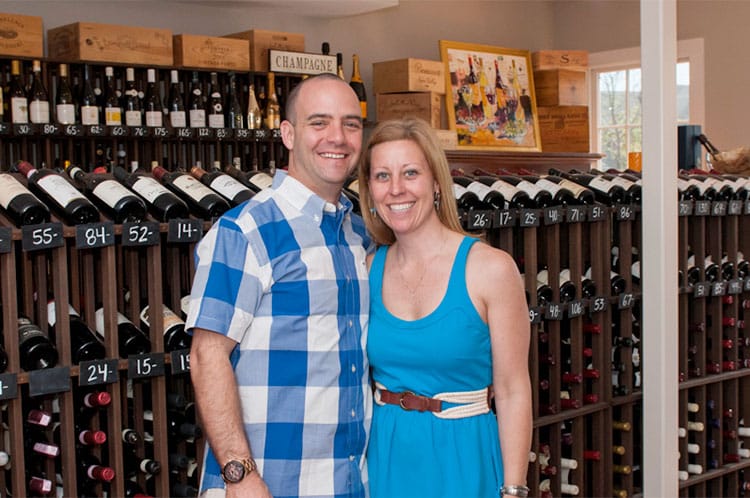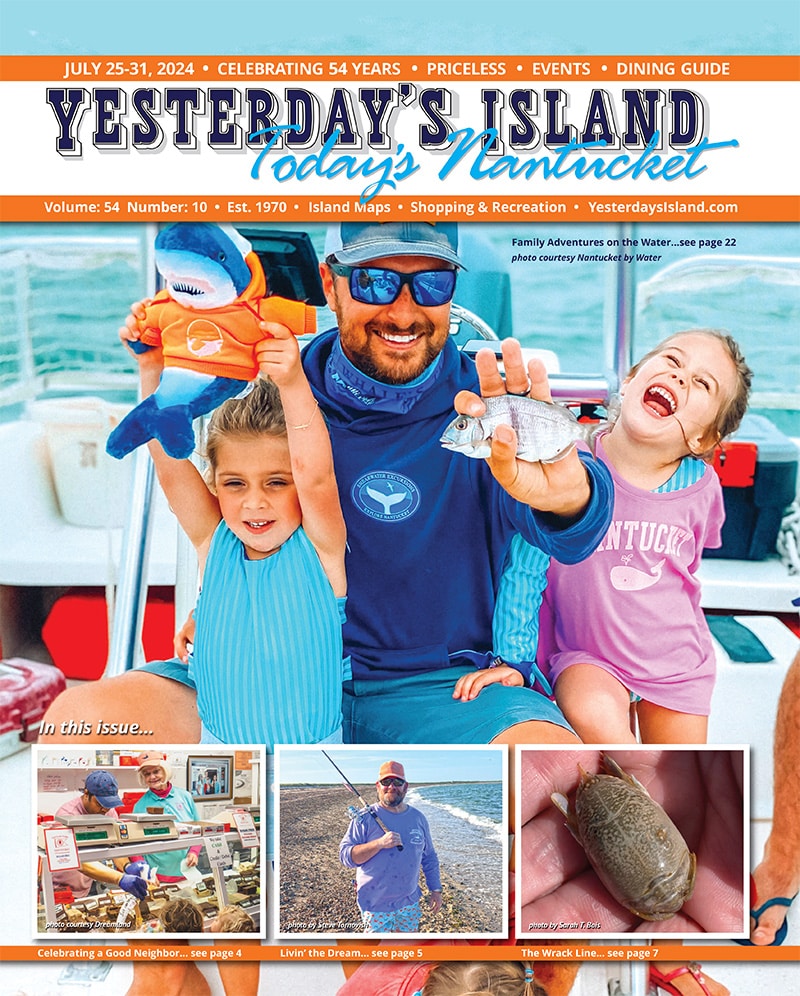• by Jenny Benzie | Advanced Sommelier + Certified Wine Educator, | Proprietress of Épernay Wine & Spirits •
Nantucket is a special place, and sometimes we have our own rules that do not apply to other locales. No, you still can’t drink and drive here. You still have to wear your seatbelt, just like in the rest of America. But for those of you who come to visit from Boston, New York, Florida, and beyond, local restaurants on-island that have a license to serve alcohol do not allow you to bring your own bottle, also known as BYOB. You may insist on doing this at your favorite establishments elsewhere in the world and pay what is known as a “corkage fee” for opening what is usually a bottle of wine, but this is not the case on Nantucket. The good news is, however, that there are a handful of restaurants on island that do not have alcohol licenses, and they do allow you to bring your own libations. In fact, if you don’t bring your own bottles to these places, then you have a “Vino 911” situation. But more on that later.
Here are some important BYOB Etiquette Tips that you need to know in order to avoid embarrassing yourself when bringing your own bottle(s) to any restaurant.
Call Ahead. Call the restaurant ahead of time to confirm whether or not you can bring your own wine. Be sure to inquire if there are any corkage fees or a limit to the number of wines that you can bring. Some establishments will charge you a set fee per bottle based on the size of the bottle (magnums may cost more because they hold the same amount of wine as two regular 750 ml sized bottles). Others may charge a fee per drinker (not necessarily how many are in your party), with an unlimited number of bottles. Fees can range from as low as no charge (and possibly little to no service either, in which case don’t forget to bring your own opener as well), to a moderate $10-$15, or as much as $50 per bottle. A restaurant that does have an alcohol license but still allows BYOB may choose to charge a corkage fee based on the cost of their lowest priced wine. They may also ask that you avoid bringing something that is currently on their list, even if it is a different vintage.
Bring Something Worthy. Check out the menu at the establishment and bring a wine that is not only appropriate to the cuisine, but also matches the ambiance of the restaurant and the mood of the evening. Bring something special enough that will make the experience memorable without being cheap just to save money on the alcohol portion of the bill. Keep in mind that it is totally acceptable to bring a backup bottle in case you have a bad one or find that you want to drink more. There is nothing worse than having a Vino 911 and having to call your local wine shop to make a speedy delivery so that your night is not ruined. Unless it’s the misfortune of showing up empty handed, not knowing that the restaurant was BYOB. In Massachusetts, you can take your unfinished wine home with you as long as it is properly bagged by the restaurant when departing. You should also only be charged a corkage fee based upon what is opened.
Be Generous. Some people do not tip on corkage, but it is still a service being offered that needs to be acknowledged. When you bring your “Catch of the Day” to a restaurant for the chef to prepare and you are charged a plating fee, you still tip on that amount, correct? So why wouldn’t it be the same for proper wine service? (I use the term proper because, let’s face it, if the service isn’t up to your standards, that’s a different story.) For most establishments, the corkage fee goes to the house, not to the sommelier or server who prepared your glasses, opened and decanted your wine, and poured it throughout the evening. As a gesture of good will, offer a taste of your wine to the server or chef or leave a little in the bottle for them to enjoy at the end of the night when they finish their shift. This gives you the opportunity to look like a wine pro by sharing the bottle that you brought and being able to talk about why this wine excites you. This also sets you up for success with good rapport for the next time you frequent the establishment.
What Not To Do. It may seem elementary to some of you, but don’t bring something from the two for $10 bin. You are worth more than that when you go out to eat, whether or not it is a special occasion. Do not bring a sparkling or white wine that has not been properly chilled and thus isn’t ready to drink upon arrival. If you are purchasing your wine last minute on the way to the restaurant, many wine stores have coolers that are stocked full of cold wine ready to go. Same for reds; don’t come with wine that is too warm from sitting in your hot car all day. (Yuck!) And of course, remember to remove the price tag before your arrival. Carry your bottle with pride in a nice bag, not something that makes you look like a hobo coming in off the street.
Lastly, remember that BYOB is exactly what the acronym means, with the last letter meaning “bottle.” This bottle doesn’t just have to be wine for dinner. Sparkling wine can be brought to make mimosas at brunch. A great selection of specialty beers come in different bottle shapes and sizes, as does tequila, gin, and a slew of other liquors. Just be sure to follow the etiquette steps above with these other bottle selections as well, and don’t be surprised if they do charge you for the mixers!



